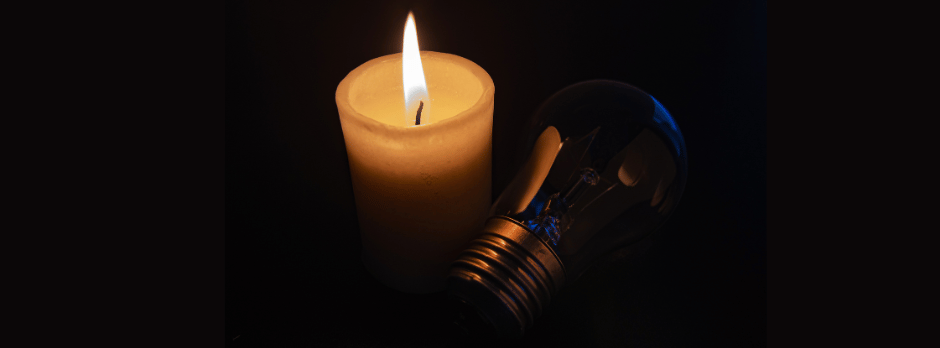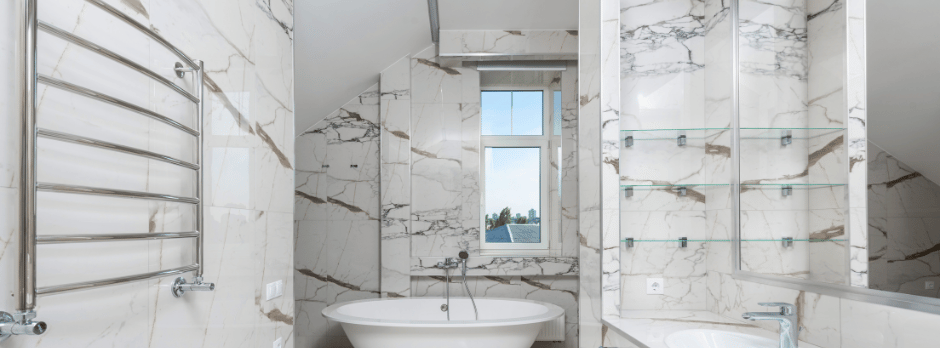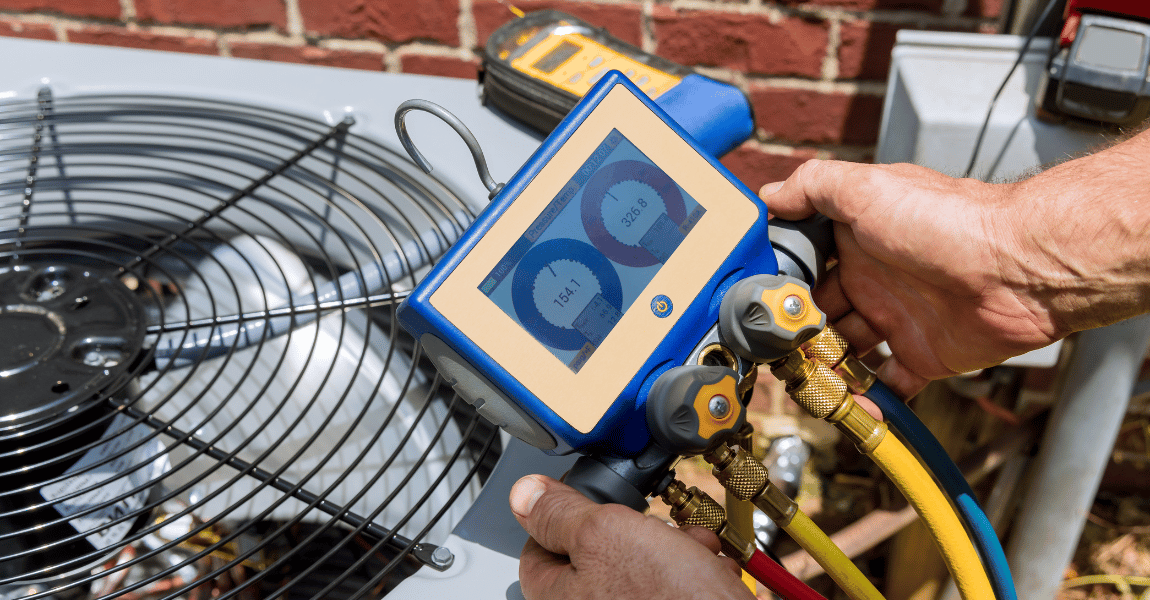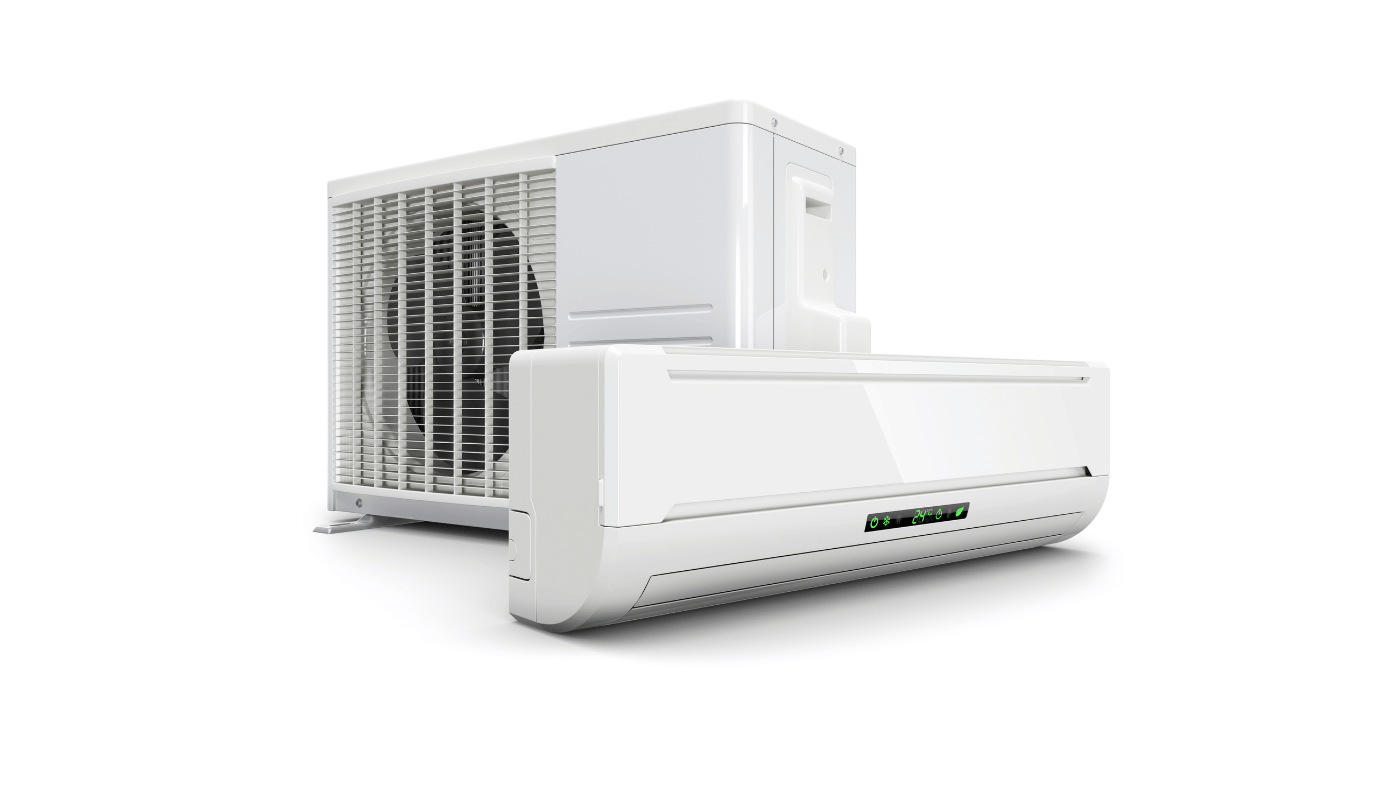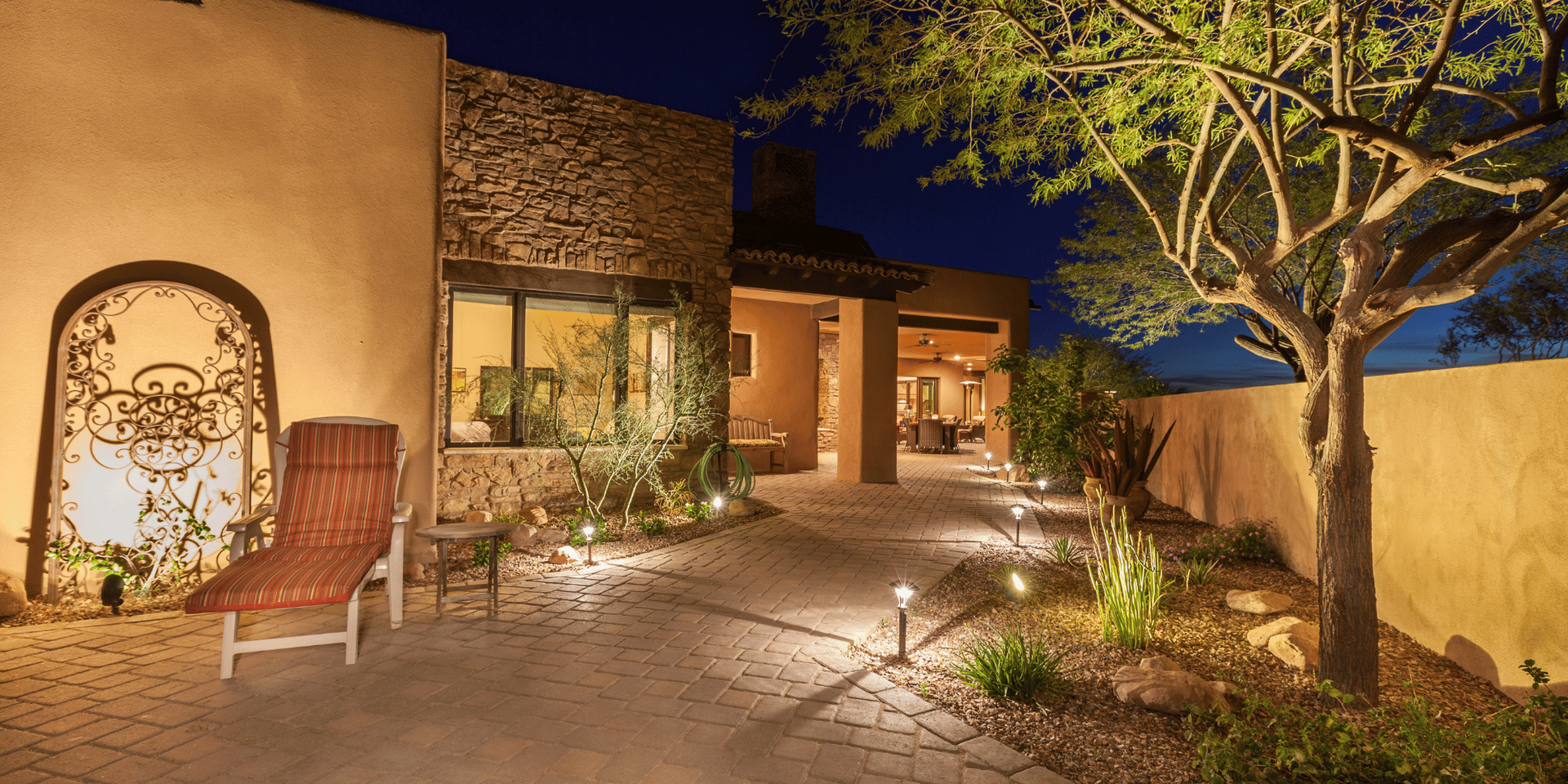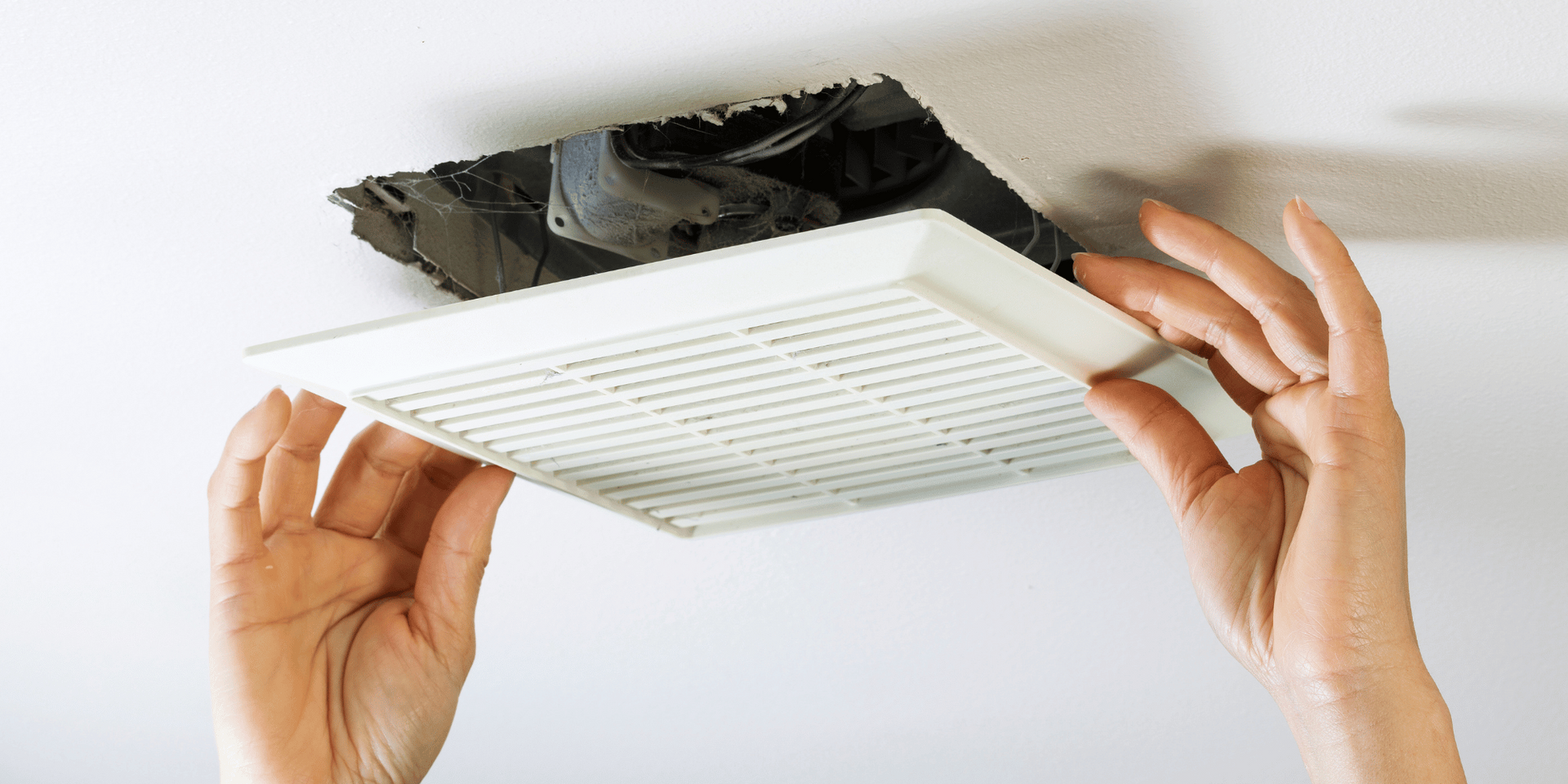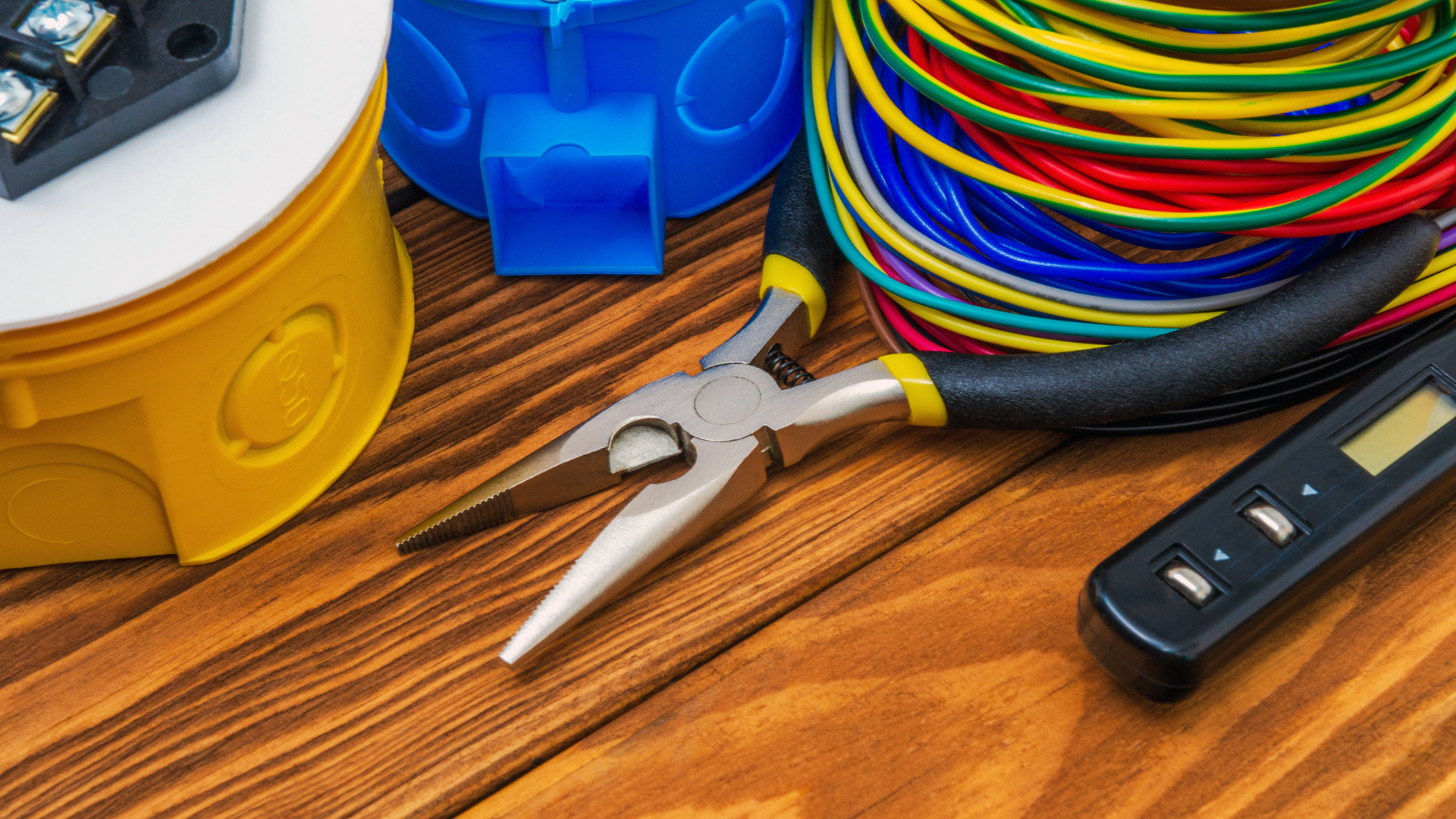What Is a Safety Switch
What Is a Safety Switch? A Complete Guide for Australian Households and Businesses
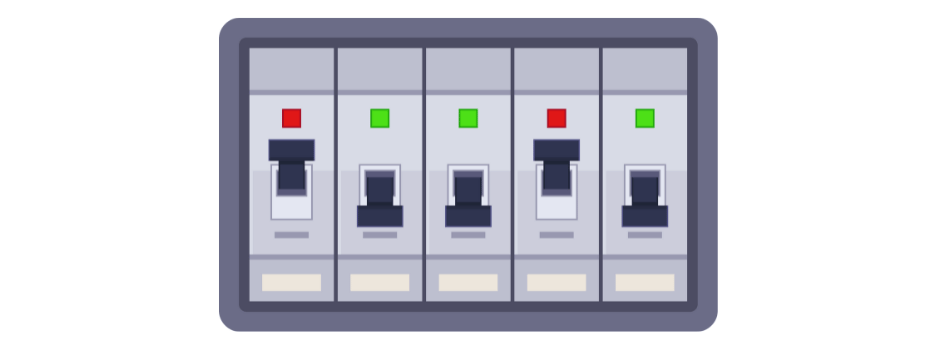
Electricity powers nearly every aspect of modern life—from the lights in your home to your air conditioner, hot water system, and even your phone charger.
But while we depend on electricity every day, it can be incredibly dangerous if not properly managed.
One critical device designed to protect you and your loved ones from electrical harm is the safety switch.
Despite their importance, safety switches are often misunderstood or overlooked until something goes wrong.
In this article, we’ll dive deep into what safety switches are, how they differ from other electrical safety devices like circuit breakers, what the law says about them in NSW and across Australia, and why one switch simply isn’t enough.
What Is a Safety Switch?
A safety switch, also known as a Residual Current Device (RCD), is a life-saving device that constantly monitors the flow of electricity in a circuit. Its primary role is to detect any leakage of current—particularly when electricity is flowing through an unintended path, such as a person. If such a fault is detected, the safety switch cuts the power almost instantly—within 30 milliseconds or less.
This fast response is crucial because it can mean the difference between a minor electric shock and a fatal one. Essentially, the safety switch acts as your personal electrical bodyguard, intervening when something goes wrong.
How Does a Safety Switch Work?
A safety switch continuously measures the current flowing in and out of a circuit.
Under normal conditions, the current entering the circuit through the active (live) wire should be equal to the current returning through the neutral wire.
If the safety switch detects any imbalance—say, electricity is leaking to the earth or through a person—it immediately disconnects the power.
This rapid shutdown significantly reduces the risk of electrocution or serious injury.
Safety Switch vs Circuit Breaker vs Fuse: What’s the Difference?
It’s easy to confuse safety switches with circuit breakers or fuses, especially since they’re often located in the same switchboard and may even look similar.
However, they serve very different purposes:
Safety Switches (RCDs)
- Purpose: Protect people from electric shock.
- How: Detect current imbalance and trip the circuit when leakage is detected.
- Features: Always have a test button for regular safety checks.
Circuit Breakers
- Purpose: Protect electrical wiring and appliances.
- How: Trip the power when a circuit is overloaded or short-circuited.
- Features: No test button; reset manually after tripping.
Fuses
- Purpose: Similar to circuit breakers, fuses protect against overcurrent.
- How: Contain a wire that melts when too much current flows through, breaking the circuit.
- Features: Must be replaced after they blow; not reusable.
In simple terms:
- Fuses and circuit breakers protect your property and appliances,
- Safety switches protect you and your family.
All three are important and often work together in a modern electrical setup.
Is a Safety Switch the Same as an RCD?
Yes, they are the same thing.
In Australia, the term Residual Current Device (RCD) is the technical name for what is commonly called a safety switch. Both refer to the same type of protective device that monitors electricity flow and disconnects power when a leakage is detected.
So, whether your electrician says RCD or safety switch—they’re talking about the same crucial piece of safety equipment.
Are Safety Switches Mandatory in NSW?
Yes—safety switches are now compulsory in residential and domestic settings in New South Wales under the AS/NZS 3000:2018 Wiring Rules, also known as the Australian/New Zealand Wiring Rules.
These standards were updated in 2018 and came into effect on 1 January 2019, reflecting advancements in electrical technology and safety over the previous decade.
Here’s what the updated regulations mean for homeowners and property managers:
Key Requirements in NSW (as of 2019):
- All final sub-circuits in new residential properties must be protected by a safety switch.
- When replacing or upgrading a switchboard, all final sub-circuits must include RCD protection.
- Any new circuits added or modified during renovations or repairs must include safety switches.
- Applies to all residential and domestic installations, not just new homes.
Before these amendments, NSW lagged behind other states where stricter RCD requirements were already in place. Now, NSW regulations align with national standards, aiming to reduce electrical injuries and fatalities.
If you’re unsure whether your home complies, an electrician can inspect your switchboard and upgrade it if needed.
Is One Safety Switch Enough?
Short answer: No.
While having one safety switch is better than none, it may offer only partial protection. That’s because a single safety switch typically protects just one circuit—for example, the power points in your living room.
Here’s the catch: if a fault occurs on a different circuit—say, the one powering your kitchen oven or hot water system—that single safety switch won’t help. You and your household will be exposed to risk on all unprotected circuits.

Why You Should Install Safety Switches on All Circuits
For comprehensive protection, safety switches should be installed on all final sub-circuits, including:
- Lighting circuits
- Power points
- Hot water systems
- Air conditioning units
- Pool equipment
- Ovens and cooktops
- Outdoor power outlets
- Garage or shed power supplies
Protecting each circuit individually ensures whole-home safety, providing peace of mind and meeting current legal requirements.
How Do I Know If I Have a Safety Switch Installed?
It’s easy to check whether you already have a safety switch installed in your switchboard.
Here’s what to look for:
- A test button—usually marked with a “T”—is a clear sign the device is a safety switch.
- If you can’t locate any switch with a test button, you likely do not have one installed on that circuit.
If you’re not confident checking this yourself, a licensed electrician can do a safety audit for you.
How to Test Your Safety Switch
Safety switches should be tested every three months to ensure they’re working properly.
Here’s how to test it:
- Go to your switchboard and find the switch with the “T” (test) button.
- Press the test button.
- The safety switch should trip immediately, cutting power to the circuit.
- Reset the switch by flipping it back to the “on” position.
If it doesn’t trip—or if it won’t reset—you need to call an electrician immediately to inspect or replace the faulty switch.
What Happens if You Don’t Have Safety Switches Installed?
Without safety switches, the risk of electric shock, serious injury, or even death increases significantly.
According to government safety campaigns, many fatal household electrocutions could have been prevented by RCDs.
Here are a few common scenarios where safety switches save lives:
- A child pokes something into a power point.
- A faulty appliance leaks electricity into its metal frame.
- Rainwater enters an outdoor socket.
- A garden tool slices through a buried extension cord.
In all these cases, a safety switch detects the imbalance and cuts power before the current harms anyone.
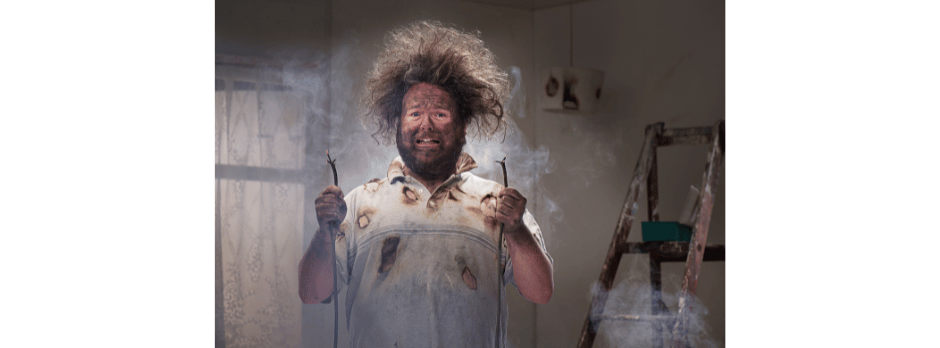
Can I Install a Safety Switch Myself?
No. In Australia, all electrical work must be carried out by a licensed electrician.
This includes:
- Installing new safety switches
- Upgrading switchboards
- Adding new circuits
- Replacing damaged RCDs
DIY electrical work is illegal and incredibly dangerous.
It can lead to electric shock, house fires, fines, and insurance voidance. Always call a qualified professional.
How Much Does a Safety Switch Installation Cost?
The cost can vary depending on your home’s electrical setup and how many circuits need protection.
On average, expect to pay:
- $200–$400 per switch installed
- $600–$1500+ for a full switchboard upgrade with multiple safety switches
While the upfront cost may seem high, it’s a small price to pay for the safety of your family and the protection of your home.
Final Thoughts: Safety Switches Are Not Optional—They’re Essential
Safety switches are one of the most important electrical safety devices in your home or business.
They protect lives, not just appliances. As regulations tighten across Australia—particularly in NSW—ensuring you have RCDs installed on all final sub-circuits is both a legal and moral responsibility.
If your property hasn’t had a recent electrical inspection, or if you’re unsure how many safety switches are installed, now is the time to act.
Call a licensed electrician and ensure your home is protected from preventable electrical hazards.
Remember: Electricity is silent, invisible, and potentially lethal. But with safety switches in place, you’re giving your household the best possible protection.
